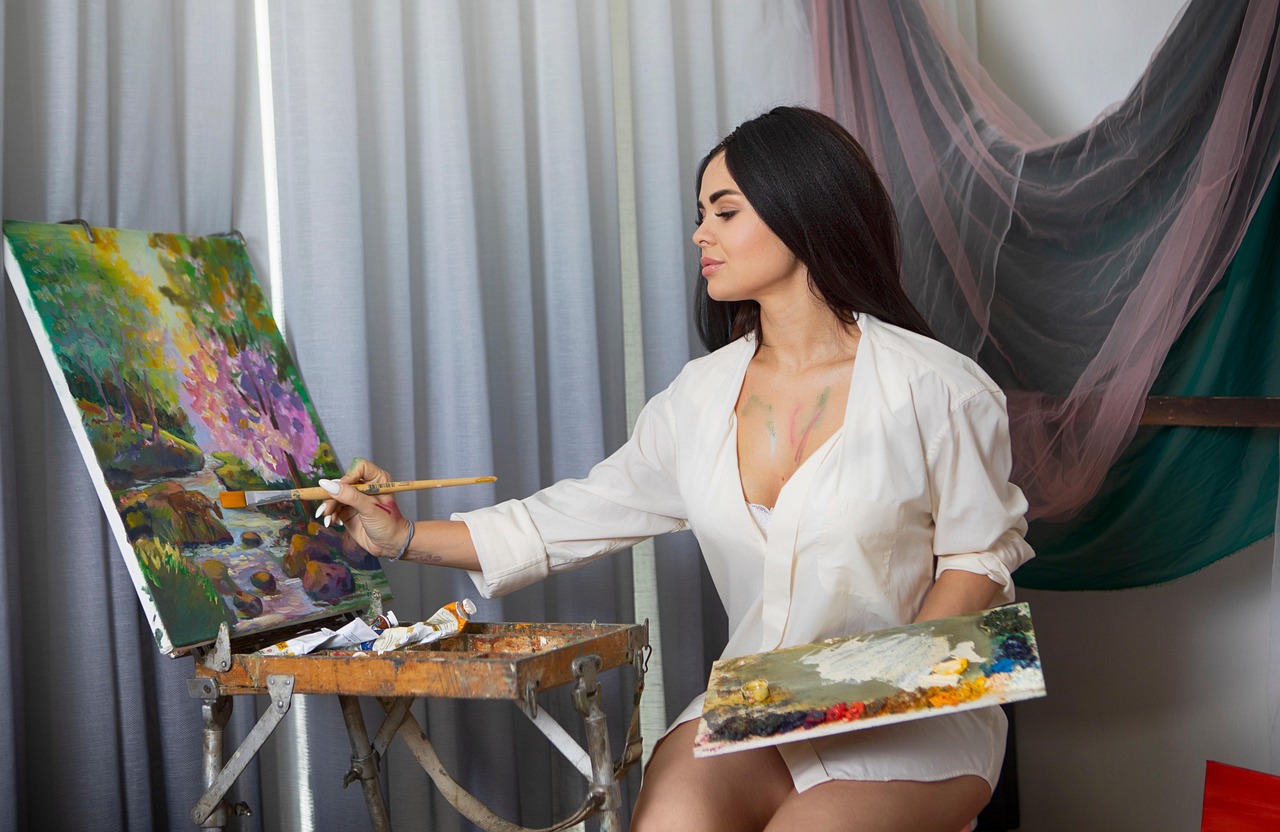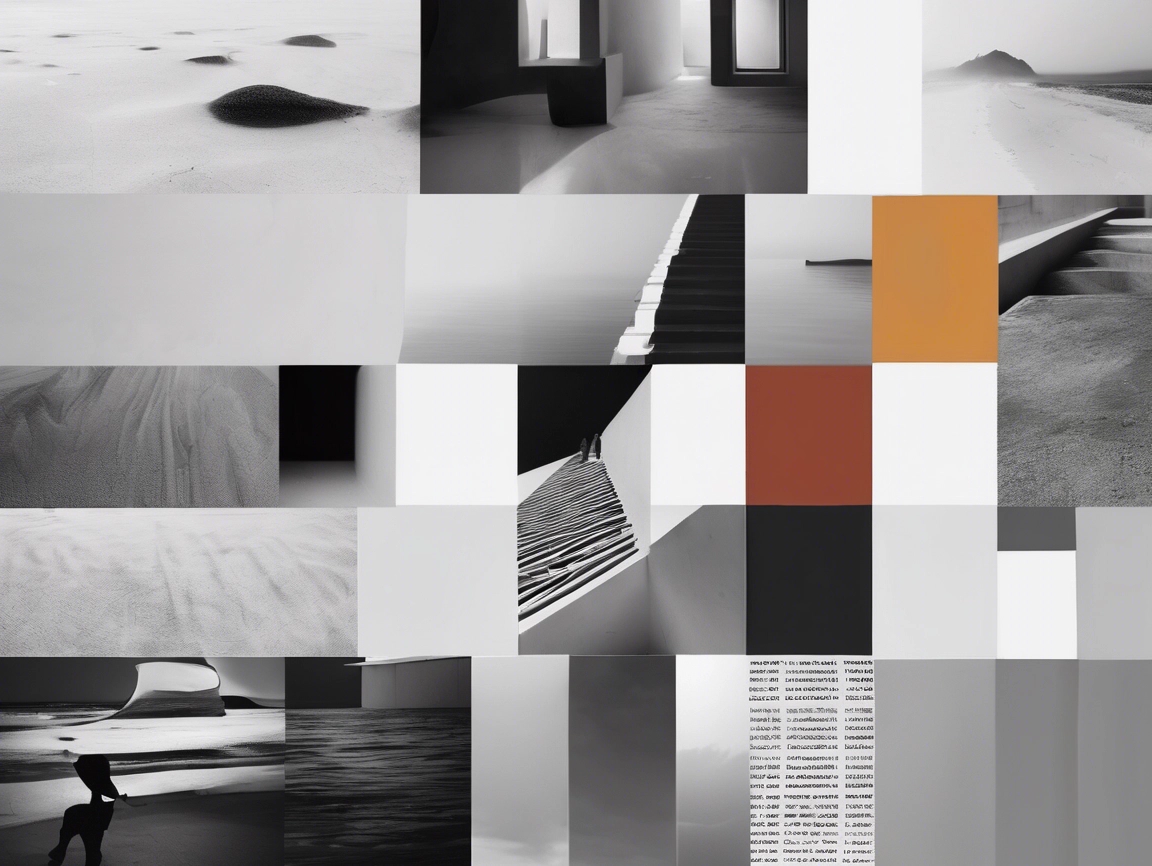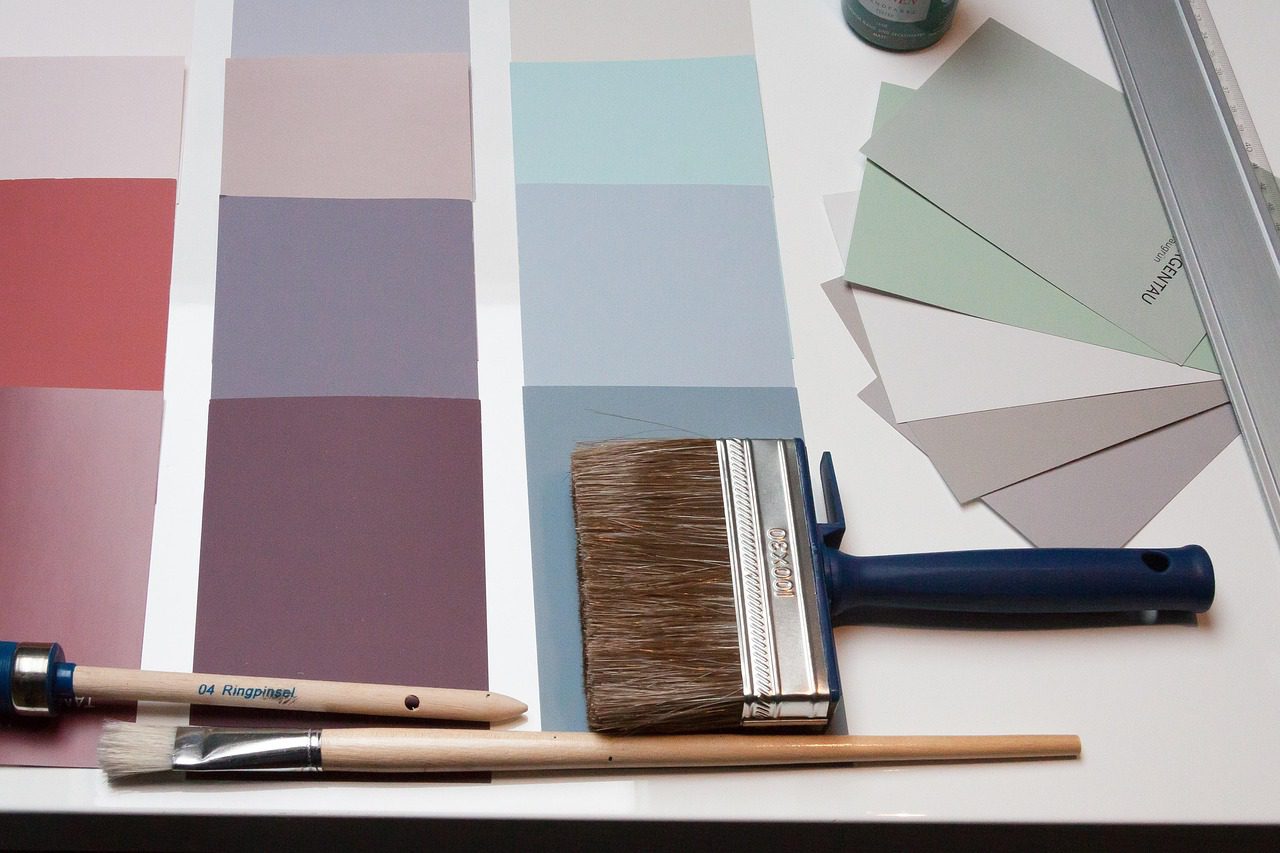If you’ve ever felt your chest tighten mid-meeting, or your thoughts spiral late at night, you’re not alone. Anxiety is modern life’s sneaky guest—but guess what? Art therapy for anxiety offers a creative alternative to pills or breathing exercises. Sometimes all it takes is a little creativity.
Art therapy is a potent means to unravel worried thoughts and calm the nervous system, with minimal equipment such as paper, pencil, or paint. And no artistic ability is necessary—only curiosity, an open heart, and a willingness to discover.
What Is Art Therapy for Anxiety and How It Helps
According to the American Art Therapy Association, Art therapy for anxiety. combination of psychological theory and creative expression. Based on the belief that creating art heals emotional trauma, it employs painting, drawing, sculpting, collage, and other visual arts to retrieve and work through feelings that may be too scrambled or overwhelming to put into words.
How Creativity Affects the Brain
Studies like this 2023 Journal of Anxiety Research confirm,When you’re working with art, multiple areas of your brain become activated—the right hemisphere of creativity, sensory-processing regions, and even those involved in emotions. While your conscious mind strategizes about technique or color, your subconscious mind probes for expression. This simultaneous engagement quiets the inner critic and ushers in a state of flow, where worry is set aside.
Why Art Therapy Works for Anxiety Relief
- Shuts down “fight or flight” mode: Focused attention on art calms the amygdala, the alarm system of the brain.
- Activates mindfulness: You get lost in the moment—blending colors, outlining edges, or shaping clay.
- Offers non-verbal expression: Rather than pinning down your fears with words, you allow them to come through visually.
- Establishes safe distance: You’re not relating your anxiety story—you’re allowing anxiety to tell itself using art.In the end, art therapy bridges the gap between emotion and insight—and makes emotional disorganization a little less intimidating.
Advantages of Art Therapy for Anxiety
Participating in even brief art exercises offers an unexpected array of benefits to mental health. These benefits make art therapy for anxiety uniquely effective for nervous system regulation.
Reduces Stress Hormones
The mechanical action in coloring or doodling lowers levels of cortisol, allowing you to relax physically and mentally. Even a brief 10-minute session can be beneficial.
Encourages Mindfulness and Concentration
Anxiety tends to exist in its entirety in worry—what occurred or what may occur. Art brings you into the “now”: each mark, color, and line keeps you grounded in the present.
Facilitates Emotional Expression
Your subconscious might have complicated feelings you can’t articulate. With art, you project them—symbols, textures, color, and form convey your inner terrain.
Fosters Self-Awareness In time, you’ll see patterns
color selection, repeating images, or the process of how you create. They can be like clues to what’s actually happening within.
Promotes Playfulness and Happiness
Painting can be goofy, smudgy, playful—like being a child again, without criticism. That freedom relieves tension and invites happiness, which is therapeutic in itself.
10 Art Therapy Activities for Anxiety Relief
Each of the following is designed to be easy, accessible, and therapeutic in helping to ease anxiety. No art studio is required, just simple tools and your own openness.
1. Mandala Coloring Mandalas:
Circular, symmetrical designs that encourage centering and focus.
Why art therapy for anxiety works here: Coloring in these repeating patterns engages rhythm and order, giving you a sense of calm and containment.
Art Therapy for Anxiety Technique: Begin by printing a free mandala or simply drawing a basic circle and breaking it into patterns. Colored pencils or markers; pastels or gel pens are fine too. Work on one section at a time, starting in the middle and moving outward.
Breathe deeply. Observe how your hand is moving. If your mind begins to drift, bring it back gently to your breath and the colors in your hand. Color instinctively—don’t overanalyse. Hypnotize yourself with repetition and symmetry. After 10–20 minutes, put the mandala down, take a breath again, and notice if your intensity or level of anxiety has changed.
2. Scribble Drawing for Emotional Release
This one’s a mess—and that’s just it.
Why it works: When anxiety peaks, words get lost. Scribble drawing translates bodily energy into visual expression—raw, primal, and liberating.
How to do it: Pick up a pen, marker, or crayon. Get out a large sheet of paper. Close your eyes or look blankly at a place on the page. Then scribble—tightly, loosely, fast, slow—whatever occurs. No intention, no destination, just movement. Allow shaking in your hand to translate the shaking in your heart. Continue until the initial spasm of tension passes—usu. 1–5 minutes. Stop, catch breath, then look. Observe shapes or directions—upward curl? Tight spirals?
A symbol may emerge—perhaps an eye or a heart. You can stop here or add meaning: label parts of the scribble with feelings like “fear,” “frustration,” “hope.” If it helps, color in areas—blue for sadness, red for anger. Reflect on the experience—maybe write a few words about what surfaced. The scribble isn’t a masterpiece, it’s a conversation with your anxiety.
3. Create an “Anxiety Collage”
Collage is journaling with pictures rather than words.
Why it works: It externalizes anxiety by selecting images that symbolize it, rendering your feelings physical and distinct from you.
How to do it: Collect old books, printed pictures, colored paper, glue, and scissors. Consider what anxiety feels like: storms, tightness, isolation, or noise. Flip through images that symbolize—waves crashing, tangled twine, sharp lines, solitary figures. Clip out images or words that heighten those sensations. Layer them on paper or in an art journal. Place them intentionally—dense clusters, bold backgrounds, mad swirls.
Then examine: what do you see? Does an image seem out of place? What emotions surface when you view it? Use this as a springboard for writing, drawing, or even a conversation with a therapist. The collage turns your inner worry into something you can see and get at in a secure way.
4. Paint Your Feelings (Abstract Painting)
Paint is liberating, instinctual, and expressive.
Why it works:Abstract painting sidesteps the rational mind and accesses emotion directly—color, texture, and rhythm become doors to what’s inside.
How to do it: Select acrylic, watercolor, or tempera paint. Paint on a small canvas or thick paper. Imagine your current state—tight chest, cloudy mind, runaway thoughts. Select a few colors that fit: perhaps dark blue for sorrow or red for tightness. Picking up color without forethought, begin to put color on the paper—drag broad strokes, dab, swirl, splatter.
Follow sensation with your hand—tight strokes for tightness, drips for release. Work fast or slow—whatever is real. Judge nothing: there is no “good” or “bad.” When it feels complete—perhaps after 15–30 minutes—move away.
Title your painting: “Stormy Mind,” “Quiet Beginning.” Write a few sentences about what occurred as you painted. Observe any change in your nervousness. Save this piece—you’ll be surprised how your mood-changing reflection demonstrates healing with time.
5. Art Journaling
An interdisciplinary area where words and pictures converge.
Why it works: Combining writing and drawing intensifies self-expression while earths thoughts and emotions.
How to do it:Choose a committed notebook—lined, blank, or preprinted. Everyday (or weekly), approach the prompt: “I feel like…,” “Today I need…,” or “My anxiety is saying…” Write one or two sentences. Then write back with a pen sketch, doodle, or collage. You can write jagged lines along side of the words, add color washes, or make border shapes around your words.
Do some arrows, speech bubbles, or icons. You’re having a conversation with your inner world. With time, you’ll see patterns—your writing may decrease on stressful days, or colors darken when low. Flip back every now and then to mark progress: see how your anger coloring transformed into garden-like twists? How your tight lines relaxed into open forms? That’s emotional growth you can see and feel.
6. Visualize a Safe Place
Draw or paint your haven—real or fantasy.
Why it works: When fear surges, the brain craves safety. You can build it with your hands.
How to do it: Imagine a setting where you felt safe: childhood cabin, beach, attic reading nook. Shut eyes—breathe in the senses: textures, sounds, scents. Now take paper and pencils, markers, watercolor. Draw major elements: palm trees, cushy pillows, dappled light, open sky.”. Include sensory details such as “laughing birds” or “rustling pages.” Employ calming colors—dulled greens, soft blues, cozy neutrals.
Take no less than 15 minutes to draw—the longer, the richer. Next, back up, take a breath, and go mentally into your sanctuary. Utilize it as a visual reminder during anxious moments—open up your drawing, breathe with it. Repeat going back to it through your drawing whenever stress arises.
7. Doodle Without Rules
Release your hand—free scribbles, lines, and shapes with no intention.
Why it works: Letting go of control is restorative—particularly when anxiety is around things going round and round.
How to do it: Grab a pen or pencil. Don’t select paper—just use the closest notebook or scrap. Set a timer for 3 minutes (more if you’d like). Begin doodling random lines, loops, circles, zigzags—anything. No concern with form, proportion, or result.
Stop when the timer does. Add color to parts or shade thick lines. Look—what came up? A cloud? Spirals? A fish? Name shapes or include words such as “breathe,” “soft,” “loose.” The image isn’t the point—it’s the release and allowance to mess up.
8. Emotion Wheel Drawing
Design an emotion-check visual tool.
Why it works:Transforming feelings into shape and color makes you look at and calm them down.
How to do it: Begin with a circle. Cut into 6–8 sections. Assign each section an emotion: sadness, anger, fear, joy, calm, love. Select colors for each—blue for sadness, red for anger, yellow for joy. Consider what you feel today—shade each section with gradations of color to represent intensity. Shade in parts heavily or lightly.
Employ patterns: zigzags for anger, spirals for anxiety. When completed, use the wheel as an anchor: observe which segments occupy most space. How does that feel? Call them out loud. You now have a snapshot of your emotional ecosystem—an artwork that allows you to see what’s brewing.
9. Clay or Playdough Sculpting
3D therapy for constricted energy.
Why it works: Touch activates the parasympathetic nervous system. Working with clay calms anxiety physically and psychologically.
How to do it: Use air-dry clay or playdough. Warming it in your hands. Let your fingers sink in. Begin forming shapes that correspond to your energy—tight coils, wide swoops, lumps. Pay attention to the feel—soft, smooth, grainy. Breathe into your hands and into your chest as you work.
If a shape calls to mind something, leave it—it’s part of the story. When finished—20 minutes or more—title the piece: “Tension coil,” “Safe shell.” Notice how your hands and breathing feel after sculpting. You may stick it somewhere to deal with later when stress arises.
10. Mindful Watercolor Practice
Flow, blend, and let go of control.
Why it works: Watercolors flow with gravity and gravity pulls on your worry. The blend excels at mastering letting go.
How to do it: Establish watercolor paper, brushes, palette, and water. Select 2–3 soft colors. Wet paper or paint. Let colors freely blend—observe wet merge into wet. Let brush dance. Concentrate on flow—no edge or border. If paint moves in unexpected way, don’t correct—accept it. Paint 15–30 minutes, inhaling in rhythm with color spread.
When you stop, glance: Did the paper absorb, did colors blend in a manner chords do? That giving in teaches you to have faith in the process in life, as well. Allow the painting to dry without removing or redoing. You’re learning to coexist with surprising changes—with color—and with feelings.
Getting Started Tips
- No talent necessary: You just need curiosity and willingness to experiment.
- Collect basic supplies: Paper, pens, pencils, markers, watercolor kit, clay—keep it budget-friendly.
- Establish a relaxing space: Pick a quiet corner, turn down a lamp, light a candle, or play calming music.
- Schedule a time limit: Even 10–15 minutes is enough. You don’t require an hour.
- Be non-judgmental: There is no “bad” art in expressive healing. It is your process.
- Reflect lightly: After producing, wonder: How did that feel? Did I catch new thoughts? Did tension change?
- Share if helpful: Sharing your art with someone you trust can enrich the dialogue—but only if you desire to.
- Make a weekly routine: Little, frequent sessions outdo infrequent long ones.
- Play freely: Treat it as recess for your mind, not as something on your to-do list.
When to Seek Professional Art Therapy
If your anxiety does not subside—or gets worse—or if you experience self-harming thoughts, flashbacks, or insomnia that’s so bad it keeps you awake, it’s time to consult a licensed art therapist. They are trained to:
- Establish safety and containment of intense emotions
- Offer therapeutic support and feedback
- Adapt activities to your background and needs
- Enhance coping skills using art-based interventions
Art therapy in the confines of a therapeutic environment can be life-altering—particularly with expert supervision. But for so many, independent art-making is a lovely, gentle beginning that fills a real need for relief and understanding.
Final Thoughts
When practicing art therapy for anxiety, you transform crushing—but sometimes creativity provides a soft place to fall. By way of color, texture, clay, or collage, you can calm racing thoughts, calm twitchy nerves, and ultimately get in touch with places within yourself that need to heal.
Remember: These art therapy activities aren’t about technique or skill. They’re about slowing down your mind, sensing your body, and giving voice to what’s hard to say out loud. They’re invitations to play, to feel, and to grow in small, powerful ways.
Pick one today—perhaps you color a mandala for ten minutes today. Feel how your breath changes. Observe how your mind has a moment’s calm. You’re not making something greater than art: you’re making space inside of yourself to heal.
FAQs
1. Can anyone do art therapy, even if I’m not artistic?
Yes. You don’t have to be artistic—what you need to be is open. Art therapy is about expression, not beauty.
2. How often am I supposed to do these exercises?
Preferably, weekly or a few times each week. Even 10 minutes a day can pay off in the long run.
3. What if I get worse after making art?
That may occur if intense feelings come up. If it becomes too much, stop and take a break. If they don’t go away or get worse, seek professional guidance.
4. May I show my art therapy work to others?
Only if you feel at ease. Sharing may be therapeutic, but it is okay to keep it confidential—this is your process.
5. Will art therapy replace other treatments for anxiety?
Art therapy is a complementary intervention. It’s fine in addition to therapy, medication, mindfulness, or changing lifestyles—but never meant to substitute for clinical guidance when necessary.
Make art therapy your refuge. Choose an activity, let your hands lead your heart, and breathe your way through. Observe small changes, and honor them. With time, you’ll develop an inner toolbox—a set of creative actions that keep you grounded, centered, and attuned to your strength.









